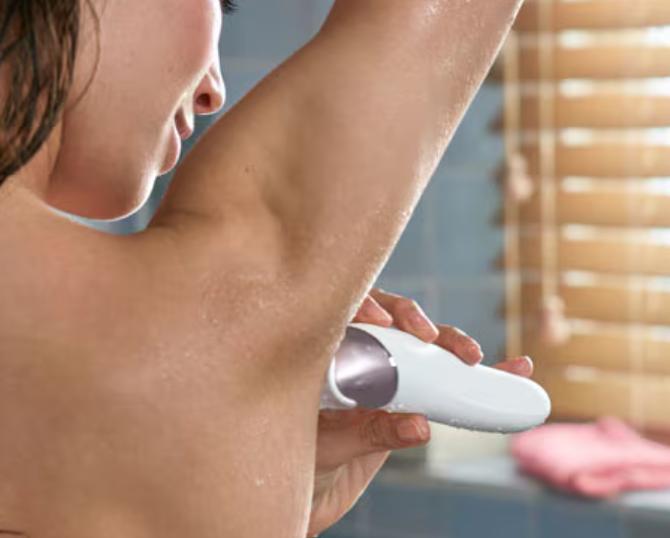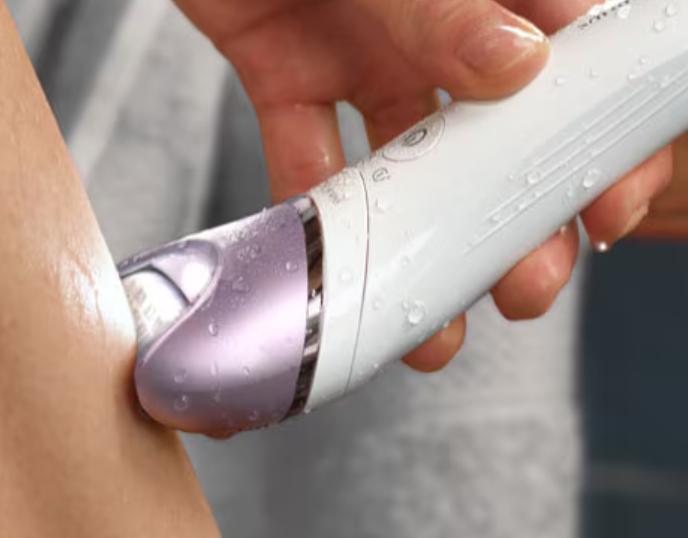How to Use Epilator for the First Time?
Using an epilator for hair removal can seem intimidating at first, especially if you’re not familiar with the device. However, with the right approach and techniques, you can achieve smooth, hair-free skin with minimal discomfort. This beginner’s guide on how to use epilator effectively will walk you through the process, from preparing your skin to post-epilation care. By following these steps, even first-time users can master the art of epilation and enjoy long-lasting results. Let’s dive into the details and get you started on the path to smoother skin!

What Is an Epilator and How Does It Work?
An epilator is an electronic device designed to remove hair by grasping multiple hairs simultaneously and pulling them out from the roots. It’s similar to waxing but without the mess. The device features a series of tiny, rotating tweezers that open and close rapidly to pluck hairs as you move the epilator over your skin.
Epilators come in various types, including corded and cordless models, and some are designed for dry use, while others can be used wet, in the shower or bath. Wet epilation can help to reduce discomfort as the warm water relaxes the skin and opens pores, making hair removal less painful. Advanced epilators may have features like variable speed settings, which allow you to adjust the speed based on the sensitivity of the area you’re treating.
The key benefit of using an epilator is its long-lasting results. Since hair is removed from the follicle, it takes longer to regrow compared to shaving. This means you can enjoy smoother skin for weeks. Additionally, regular use can weaken hair growth over time, making subsequent sessions easier and less painful.
How to Prepare Your Skin Before Epilating
Exfoliation Techniques
Exfoliation is essential for a smooth epilation experience. It removes dead skin cells and helps prevent ingrown hairs. Use a gentle scrub or an exfoliating glove to massage the skin in circular motions a day before epilation. This will lift any hair lying flat against the skin and make it easier for the epilator to grasp and remove them. Avoid harsh exfoliants as they might irritate your skin before the epilation process.
Optimal Hair Length for Epilation
Ensuring your hair is the right length is crucial for effective epilation. Hair that’s too long may break off instead of being pulled out from the root, while hair that’s too short might not be grasped by the tweezers. Aim for hair length about 2-3 mm. If your hair is longer, trim it with scissors or an electric trimmer before using the epilator.
Step-by-Step Guide to Using an Epilator
Choosing the Right Epilator Settings
Begin by familiarizing yourself with your epilator’s settings. Most devices come with at least two-speed settings: low and high. For beginners, start with the low-speed setting. It’s gentler on the skin and allows you to get used to the sensation. You can switch to a higher speed once you feel more comfortable to speed up the process.
Proper Epilation Techniques
Post-Epilation Care
Once you’ve finished, soothe your skin with a calming lotion or aloe vera gel to reduce any redness or irritation. Avoid applying heavy creams or oils that can clog pores. To maintain smooth skin and prevent ingrown hairs, you should continue with regular exfoliation every few days.
How to Minimize Pain During Epilation
To minimize pain during epilation, consider epilating in the evening when your skin is more relaxed. Taking a warm shower before the process can help open pores for easier hair removal. Some find that applying a numbing cream or taking an over-the-counter pain reliever before epilation can help manage discomfort. Start with less sensitive areas and work your way up to more sensitive spots as you build up your pain tolerance.

Conclusion
Using an epilator can be an effective way to achieve long-lasting smooth skin. By understanding how to use epilator devices properly—preparing your skin, using the epilator correctly, and taking good care of your skin afterward—you can make the process virtually fuss-free. Over time, as you become more accustomed to the device, you may find it to be one of the best methods for hair removal. Happy epilating!
FAQ
How often should I epilate as a beginner?
As a beginner, you may need to epilate every two to three weeks. Over time, as your hair growth slows and becomes finer, you might be able to stretch this period.
Can I use an epilator on sensitive areas?
Yes, you can use an epilator on sensitive areas such as the bikini line and underarms. However, these areas are more sensitive, so you might experience more discomfort. Use the device on a low setting and proceed with care.
What should I do if I experience skin irritation after epilating?
If you experience irritation, apply a soothing lotion or aloe vera gel. Avoid scratching the area and try to keep it clean. If irritation persists, consult a dermatologist for professional advice.
